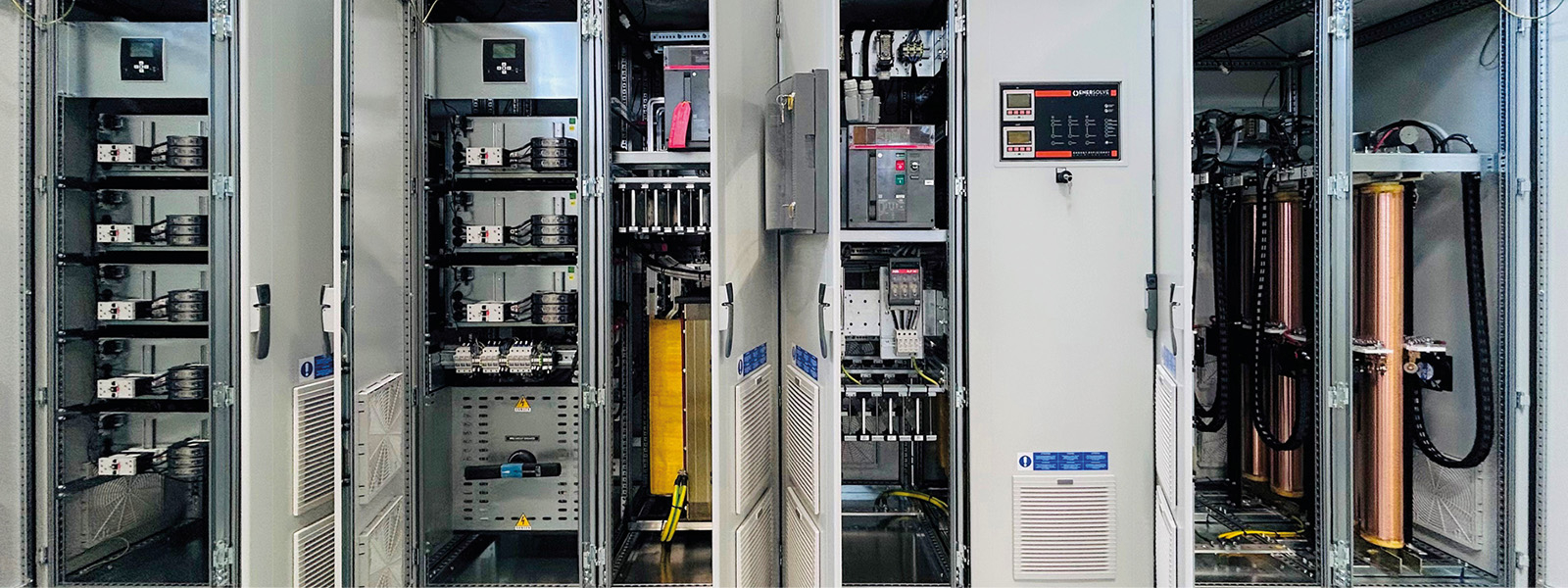THE CUSTOMER
The customer is a company located in southern Italy that produces traditional terracotta floor, wall and roof tiles, using natural materials with a focus on natural colouring.
THE NEED
The client company, careful to make its own contribution to the environment, adopted measures in the production process that help reduce the environmental impact with the energy recovery of both hot gases with combustion fumes and cooling gases used in direct operation.
The natural next step was to analyse the plant as a whole from an electrical point of view, to identify the possibility of optimising its energy efficiency, resulting in financial savings and environmental benefits.
OUR SOLUTION
Ortea took action by carrying out a measurement campaign to detect any criticalities in the plant.
Analysing the data, two needs emerged:
- to insert a power factor correction solution to correct a very low cosphi (which leads to a lower power quality of the plant and, from an economic point of view, the payment of the resulting penalties in the bill)
- to insert an efficiency solution to reduce consumption (considering the type of loads present in the customer’s system)
The tailor-made solution proposed by Ortea was to insert a single piece of equipment in the customer’s electrical cabin that could solve both problems. The chosen machine was an Enersolve with an integrated power factor correction system.
Considering the mix of loads present, the insertion of the Ortea machine made it possible both to make efficiency gains by lowering the voltage in the system and to avoid feeding reactive power into the grid and the consequent penalties for the customer.
The machine identified has the following technical characteristics: Enersolve ESL 1250-10EI 1250kVA with 960kvar PFC system in IP54 cabin.
To cope with the logistical limitations of the customer’s electrical cabin architecture, the equipment was built in three easily modular modules.




